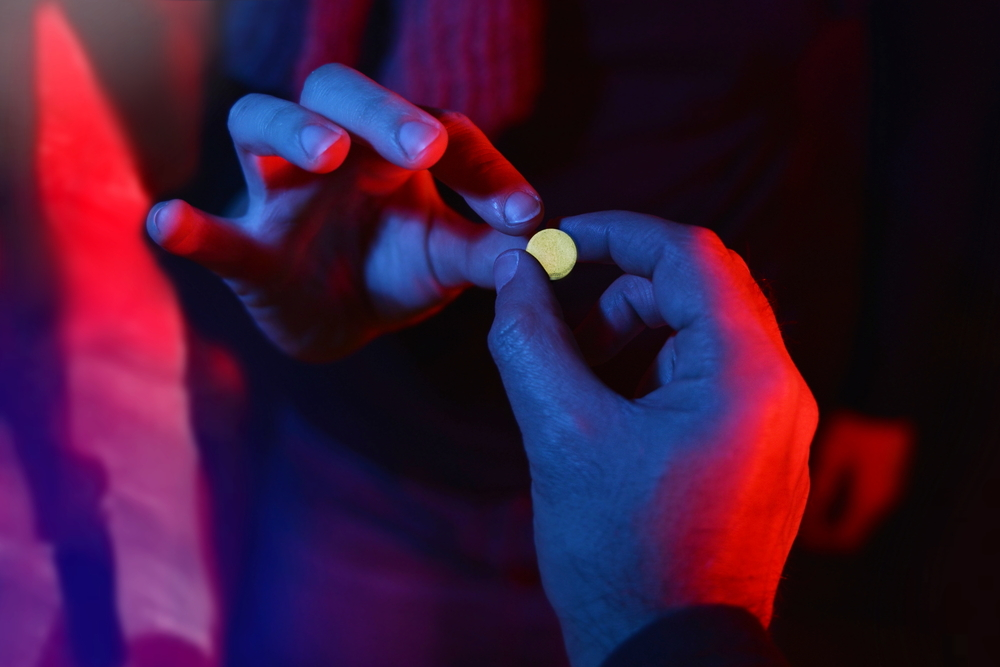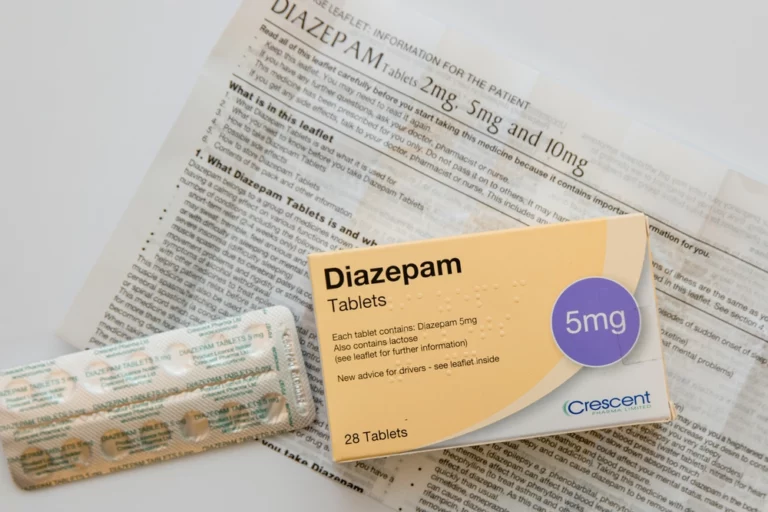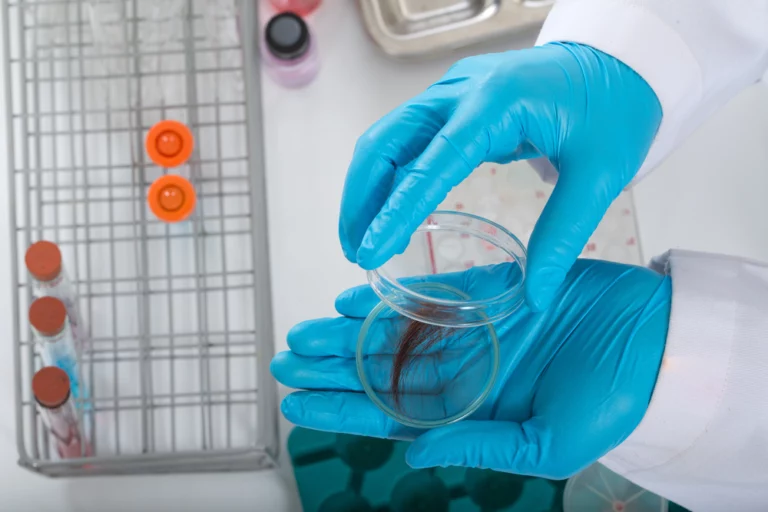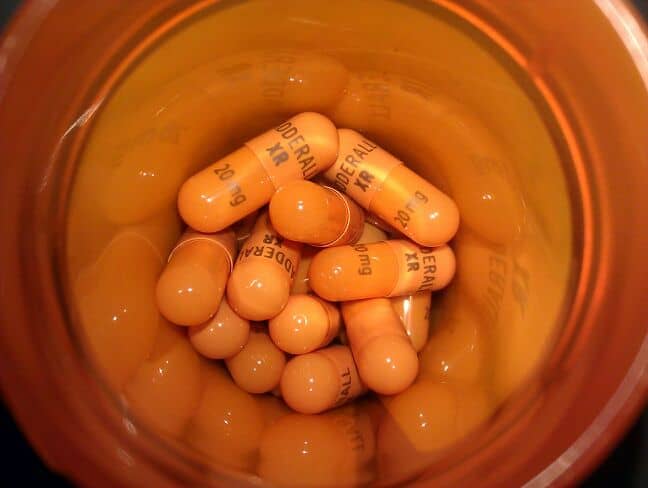“Molly,” also known as MDMA, is a synthetic drug that people commonly use as a recreational drug because of its euphoric and empathetic effects.
This article will discuss several factors contributing to how long molly stays in your system, including the dosage, frequency of use, and individual metabolic rate.

What Is Molly?
Molly is the street name for MDMA (3,4-methylenedioxymethamphetamine), a synthetic psychoactive drug chemically similar to stimulants and hallucinogens that alter mood and perception. It is commonly used as a recreational drug. Molly is often sold in the form of small tablets or capsules. Its effects include increased energy, euphoria, emotional warmth, distorted sensory and time perception, and increased pleasure from physical touch.
How Long Does Molly Stay In Your Urine?
It generally takes 3 to 4 days for molly to be eliminated from the body including urine. However, in some cases, the drug can be detected in the urine for up to 5 days or more after use.
Factors That Impact How Long Molly Stays In Your Urine
Several factors can impact the duration of MDMA (also known as molly) in your urine.
- Dosage: The higher the dose of MDMA, the longer it will take for your body to eliminate it because larger doses of MDMA produce more metabolites, which take longer to be processed by the body.
- Frequency of use: If you use MDMA frequently or over a prolonged period, it can take longer for your body to eliminate the drug. The drug can accumulate in the body over time, leading to a longer detection window.
- Metabolic rate: Each person’s metabolism is unique, and this can impact how long it takes for MDMA to be eliminated from the body.
- Body composition: Body fat percentage can also impact how long MDMA stays in your urine. This is because MDMA is stored in fat cells, and individuals with higher body fat percentages may eliminate the drug more slowly.
- Hydration: Staying hydrated can help to speed up the elimination of MDMA from the body.
Negative Effects Of Molly On Individual’s Health
Molly has multiple negative side effects, including:
- Increased blood pressure and heart rate: MDMA can cause your heart rate and blood pressure to increase, which can be dangerous for individuals with underlying heart conditions.
- Dehydration: MDMA can lead to dehydration, as it can cause the body to retain less water. This can lead to various issues, including headaches, dizziness, and fainting.
- Overheating: MDMA can also cause the body temperature to rise, which can be dangerous and potentially lead to heatstroke.
- Mood changes: After the initial euphoric effects of MDMA wear off, users may experience mood changes, including feelings of depression and anxiety.
- Cognitive impairment: MDMA can impair cognitive function, including memory and attention, impacting performance on tasks requiring focus and concentration.
- Addiction: Addiction to MDMA can devastate a person’s physical, emotional, and social health if they use the drug repeatedly.
What Happens When Molly Mixed With Other Drugs
When MDMA is mixed with other drugs, it can increase the risk of negative health effects and potentially dangerous interactions. The most commonly mixed substances with MDMA include alcohol, cocaine, and ketamine.
- Alcohol: Alcohol can counteract some of the stimulating effects of MDMA, making it more difficult to assess the intensity of the drug’s effects. This can lead to excessive drinking and dehydration, increasing the risk of negative health effects such as blackouts and seizures.
- Cocaine: Cocaine can intensify the euphoric effects of MDMA, leading to increased blood pressure and heart rate. This combination can increase the risk of heart attack, stroke, and other cardiovascular issues.
- Ketamine: Ketamine with MDMA can intensify the hallucinogenic effects of both drugs and potentially lead to dangerous interactions, such as seizures or respiratory depression.
Molly/MDMA Withdrawal Symptoms
While MDMA is not considered physically addictive in the same way as other drugs like opioids or alcohol, individuals who use the drug regularly can develop a psychological dependence on it. Some of the most common symptoms of MDMA withdrawal include the following:
- Fatigue and lethargy: Individuals withdrawing from MDMA may feel extremely tired and have difficulty concentrating.
- Depression and anxiety: MDMA use can lead to a surge in feel-good chemicals like serotonin, but the subsequent depletion of these chemicals can lead to depression and anxiety during withdrawal.
- Irritability and mood swings: Individuals withdrawing from MDMA may experience intense mood swings and become easily agitated or frustrated.
- Insomnia and sleep disturbances: Difficulty falling or staying asleep is a common symptom of MDMA withdrawal.
- Cravings: Individuals dependent on MDMA may experience strong cravings for the drug during withdrawal, which can be difficult to resist.
Contact Knoxville Recovery Center
At Knoxville Recovery Center, our team of experienced therapists and counselors work with individuals to develop a personalized treatment plan, including individual and group therapy sessions to address underlying issues contributing to addiction. Many individuals struggling with addiction to Molly or MDMA may also have co-occurring mental health disorders. If you or someone you know needs help, reach out and ask one of our admissions agents how to get started.








